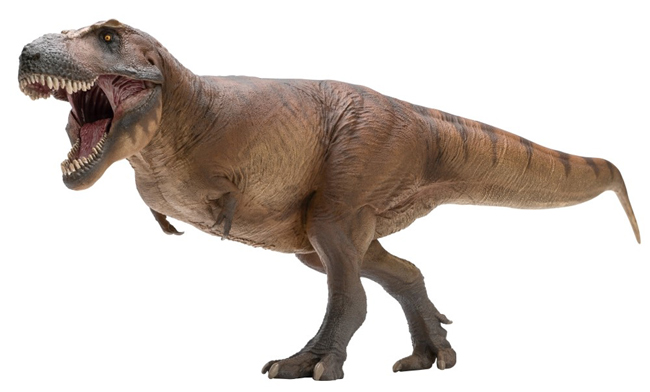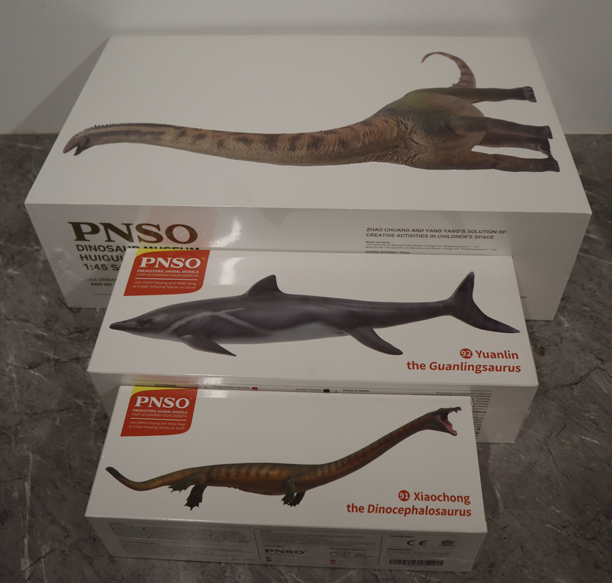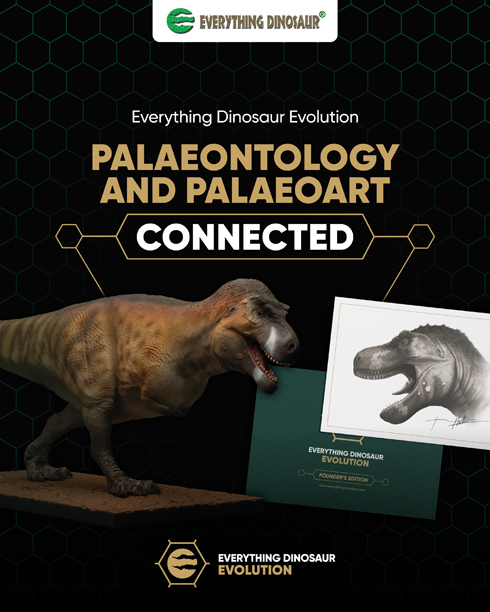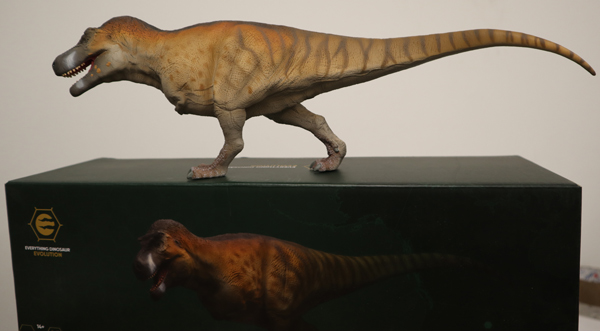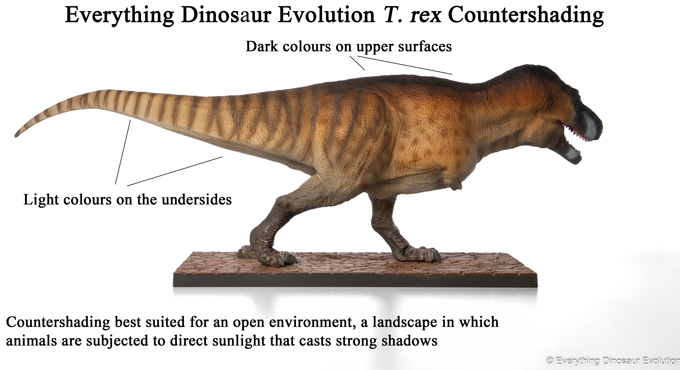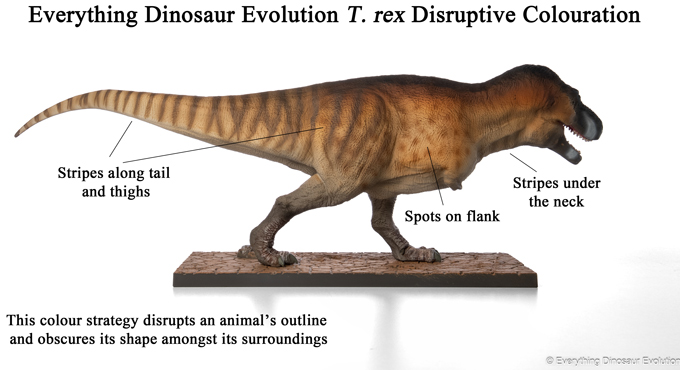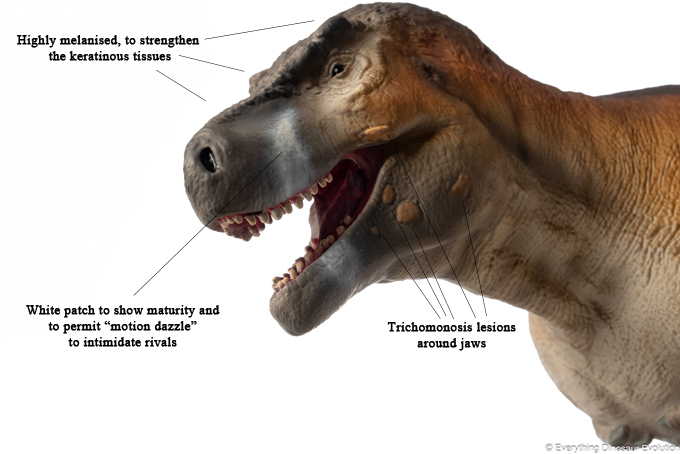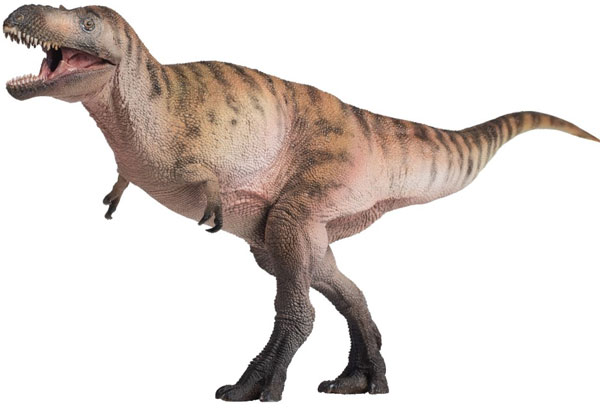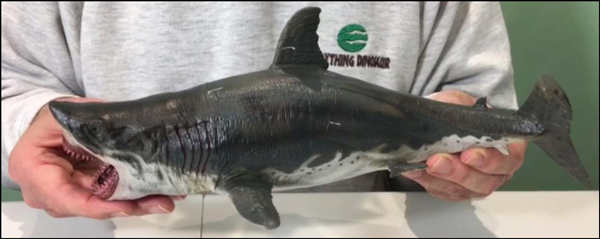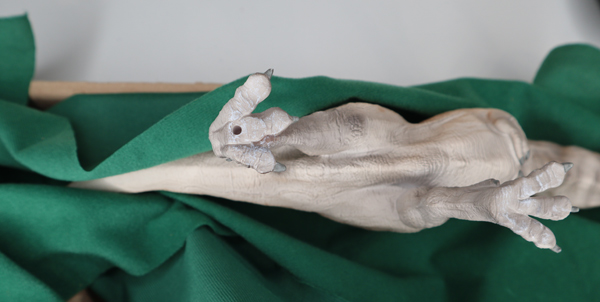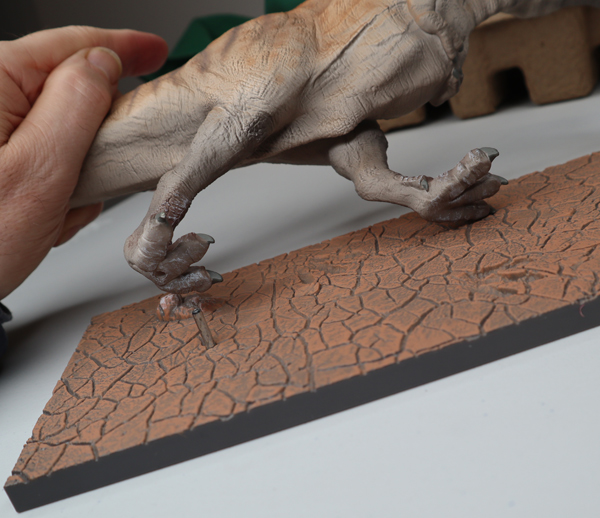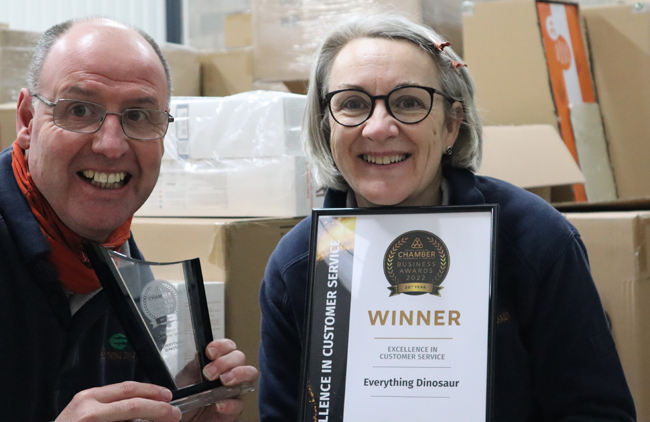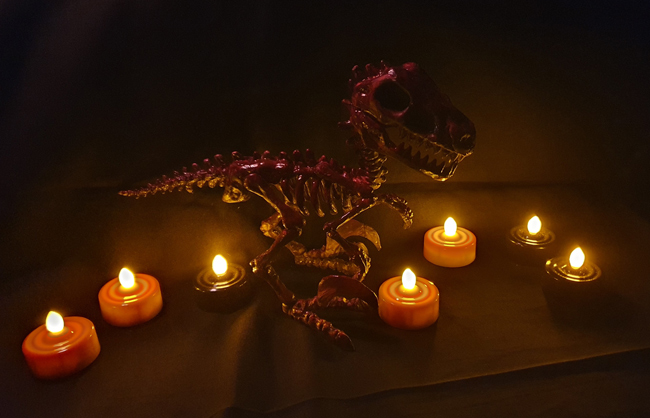What is the Most Accurate T. rex Model?
At this time of year, we get asked lots of questions about potential dinosaur model purchases. Tyrannosaurus rex is always popular. Emails contain queries such as what is the most accurate T. rex model? In addition, we get questions such as what is the best T. rex model? As we enter the festive season and with celebrations such as Thanksgiving just around the corner, we have compiled a helpful guide. It gives a few pointers when it comes to seeking out a “tyrant lizard king”.
Buying a Tyrannosaurus rex model as a gift can feel overwhelming. However, the first thing to consider is the recipient. Are you purchasing for a child or someone who is fourteen years or over?
This matters because not all T. rex figures are CE marked. That is, they are not tested under UK or European Union regulations and standards concerning the sale of toys.
Product Testing
You can check the product testing of an item by examining the packaging. If you are ordering on a website, message the site owners and ask for clarification. The PNSO Cameron the T. rex figure is a popular Tyrannosaurus rex model. Details about its product testing can be seen on the side of the box.
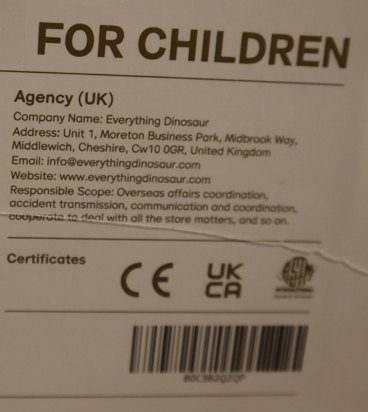
The PNSO Cameron the T. rex is a popular scale figure. In addition, it has a CE mark indicating testing under EU and UK toy regulations. Picture credit: Everything Dinosaur.
Picture credit: Everything Dinosaur
Cameron measures thirty-five centimetres long. It is supplied with a transparent support stand. In addition, there are dinosaur posters included.
To view the range of PNSO prehistoric animal models available: PNSO Prehistoric Animal Figures.
What is the Scale?
A scientifically accurate model needs a clear scale. This matters because scale links the figure to real fossil measurements. It also impacts on how the model can be displayed and with what other figures. Consequently, scales such as 1:33 or 1:35 signal good scientific intent. For example, the PNSO Cameron the T. rex model has a declared scale of 1:35. When a model uses real skeletal dimensions, accuracy increases immediately.
The Everything Dinosaur Evolution Tyrannosaurus rex model has a declared scale of 1:33. It is bigger than most 1:35 scale T. rex figures and it provides a real presence on a display table. This figure measures nearly forty centimetres in length. It is a highly detailed figure which has been praised by scientists.

Introducing Everything Dinosaur Evolution. A stunning range of prehistoric animal models developed by following the fossil evidence. Picture credit: Everything Dinosaur.
Look for Fossil Evidence Having Been Followed
It’s helpful to study the model’s body shape. Accurate models follow the fossil evidence. For example, the chest of a T. rex model should be deep, and the neck and base of the tail should be wide. Look for a robust skull, deep torso and strong hips. Furthermore, avoid thin, shrink-wrapped skin. The model should be muscular and indicate bulk. These characteristics reflect modern research. Other models are based on outdated ideas, or worse, on dinosaurs seen in movies. Therefore, the best T. rex models display robust and well-informed anatomy. If you are asking what is the most accurate T. rex model? Try to follow the fossil evidence.
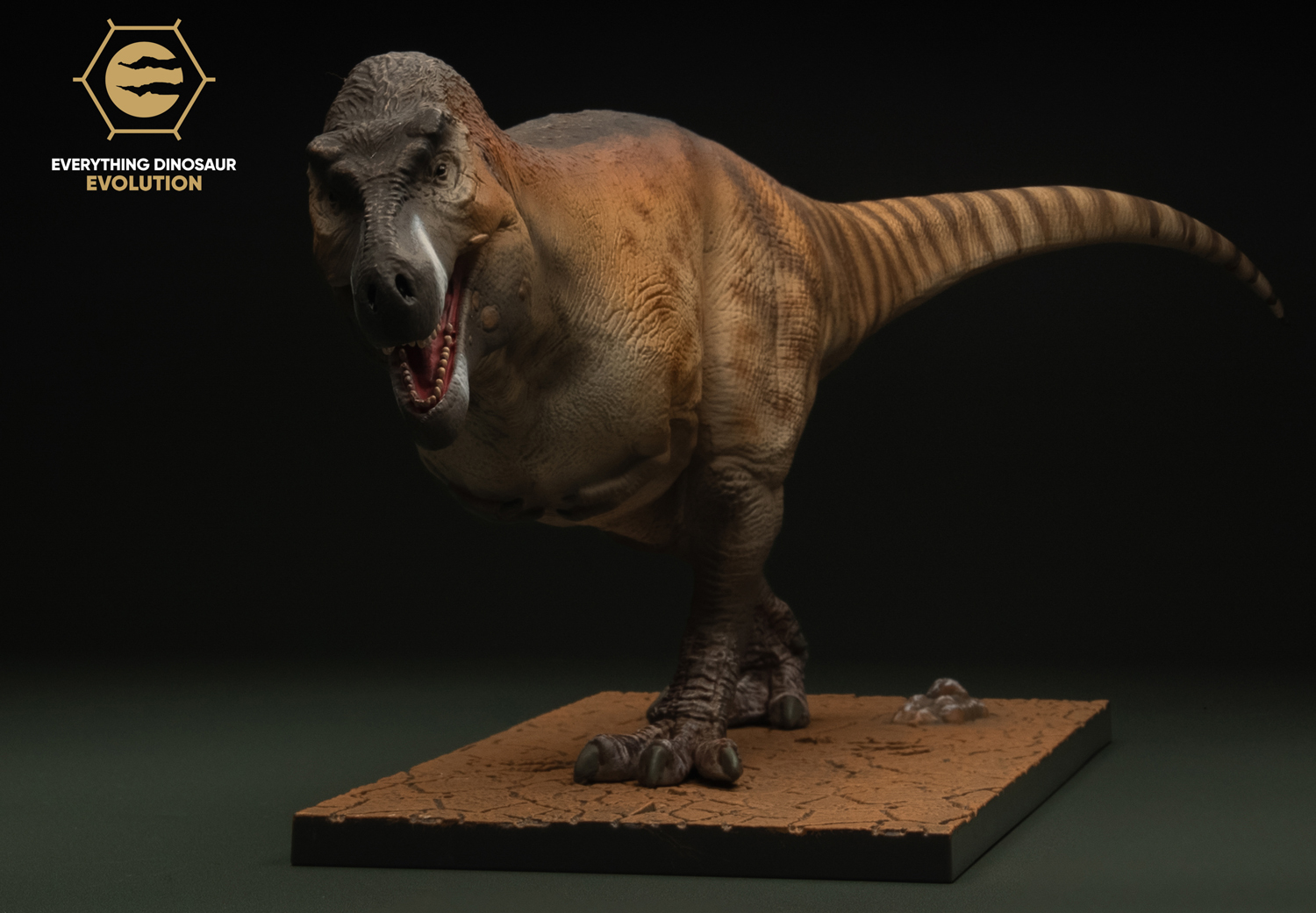
The Everything Dinosaur Evolution Tyrannosaurus rex model (EDE001) shown in anterior view. Picture credit: Everything Dinosaur.
To view the Everything Dinosaur Evolution Tyrannosaurus rex figure – widely regarded as the best T. rex model by collectors: Everything Dinosaur Evolution Figures.
Check for Scientific Expertise when Considering What is the Most Accurate T. rex Model
Some models go further by involving a palaeontologist during design and development. This expert review corrects posture, proportions and musculature. It also removes speculation and guesswork. As a result, models created with scientific input align closely with current thinking. In addition, the figure aligns with the known fossil evidence. This collaboration is one of the strongest indicators of accuracy.
Moreover, consider what else the model is supplied with. Perhaps, there is a Tyrannosaurus rex fact sheet included. We send out a free fact sheet with every T. rex model we sell. What else is supplied? Are there collector cards or a poster included?
Colour remains speculative. However, skilled palaeo-artists use realistic patterns. They consider predator camouflage and skin impressions from related species. Therefore, even unproven colours follow sensible logic. The involvement of an artist with a scientific background adds another level of credibility.
Mike from Everything Dinosaur commented:
“Choosing the best T. rex model is ultimately a subjective process. There are so many factors to consider. For example, personal preference for a colour scheme or the budget available. One thing for certain, there are lots of Tyrannosaurus rex models these days. Collectors have a large selection to choose from.”
The multi-award-winning Everything Dinosaur website: Dinosaur Models and Figures.


